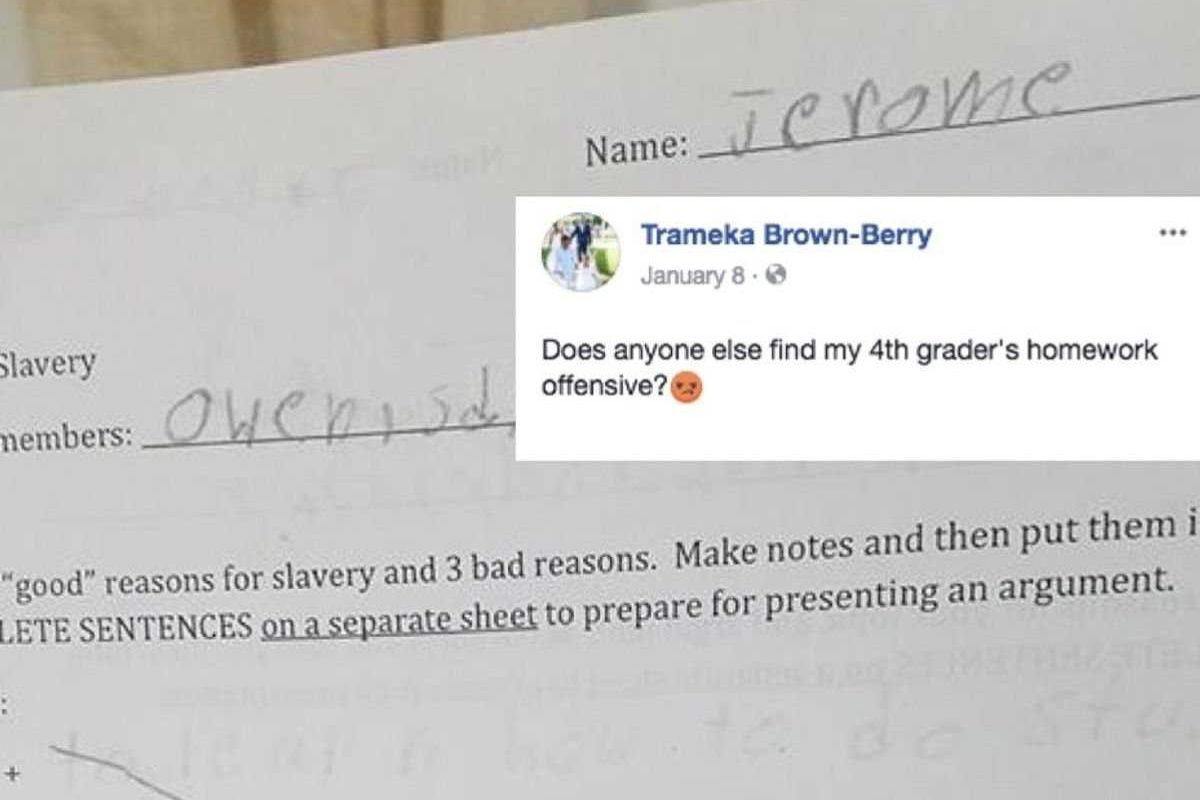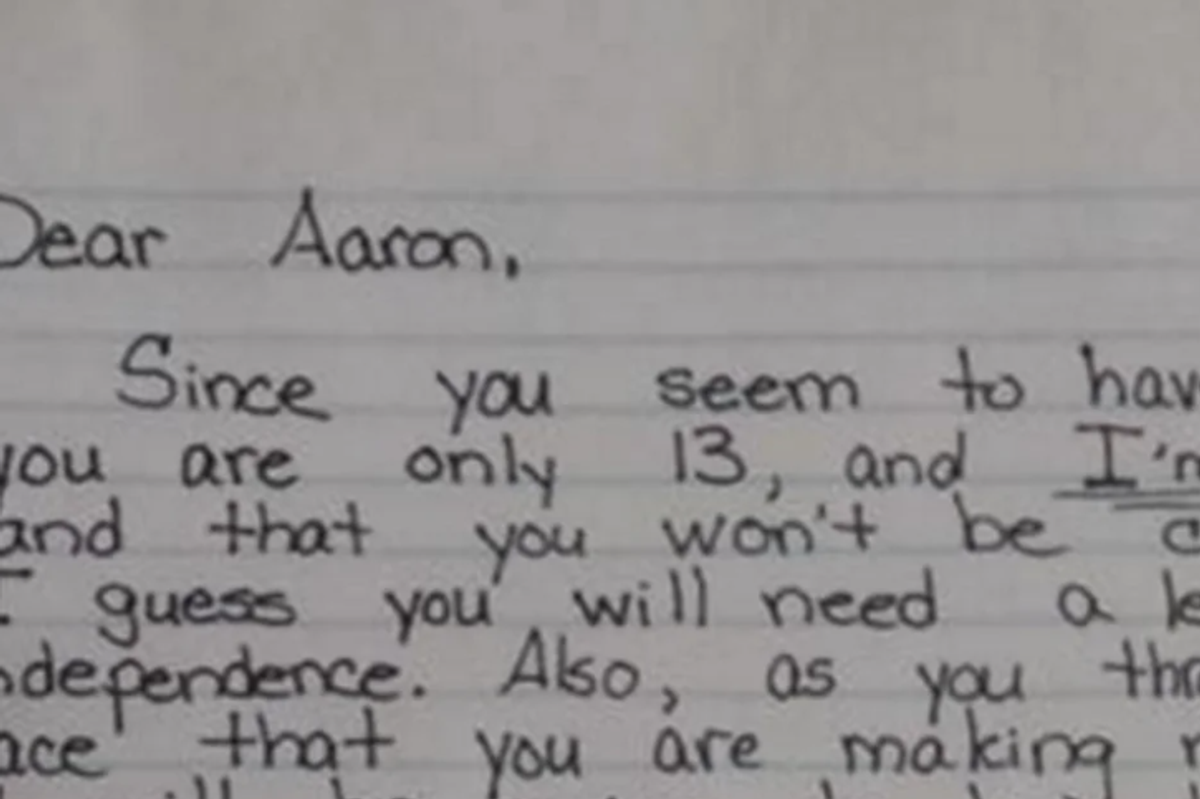Flint's massive water poisoning all started with an innocent-enough vote at city council.
The National Guard was called, a break-in happened, and Rick Snyder admits culpability.
The Flint City Council had no idea what was to come from its attempt to shave its budget in 2013.
Trying to peel some money away in the budget for other things, the city council in Flint, Michigan, set off a chain of events in March 2013 that had devastating effects.
The council voted 7-1 to pass a resolution to stop buying water from Detroit and join a new initiative piping in water directly from Lake Huron.
They weren't the only ones who approved of this plan, which was supposed to save the city $19 million over eight years. The plan was fine by the state of Michigan, and the city's emergency manager, Ed Kurtz, who signed off on it a month later.
Then Detroit notified Flint that it would cease selling water to them well before the new plan was set to take effect, which sent Flint scrambling to find a new source for water.
They eventually settled on the Flint River, despite prior reports saying it had the "most degraded water quality among the Saginaw River tributaries."
The river water that would corrode lead-infused pipes, poisoning a city. Image by Andrew Jameson/Wikimedia Commons.
Flint Mayor Dayne Walling flipped the switch that officially shut off the Detroit water supply to his city on April 25, 2014. In a celebratory statement that would later seem downright haunting, he said:
“Water is an absolute vital service that most everyone takes for granted. It’s a historic moment for the city of Flint to return to its roots and use our own river as our drinking water supply.”
However much money the switch was slated to save the city, it would end up costing Flint residents so much more.
A local mom sounded the alarm when she noticed lead levels spiking in her kids.
After a local mother, LeeAnne Walters, noticed her four children becoming very sick, she turned to her pediatrician. The doctor wrote a letter to the city of Flint warning that because one of the Walters' children has a compromised immune system, he couldn't safely use the city water. The city sent someone to test the water in the Walters' home in November 2014.
The EPA recommends lead levels in water for children to stay under 15 parts per billion (ppb) to avoid brain, blood, and kidney damage. In the Walters' home, lead levels were at 397 ppb. The official threshold for lead poisoning — or "action level" — occurs at 5 micrograms per deciliter (mcg/dl). Walters' son Gavin had a blood lead level of 6.5 mcg/dl.
Walters contacted the mayor, who did next to nothing to address her problem. She then contacted Miguel Del Toral from the EPA, who got a civil engineer named Marc Edwards, who studies corrosive lead and water, to start looking at the case.
Edwards' team collected samples from hundreds of Flint water customers, and the results were astounding. When retested, the lead levels at the Walters residence had shot up to 13,000 ppb in nine months. Lead levels had similarly spiked in the other samples.
LaShanti Redmond (left), 10, and her sister Asharra Smith, 6, wait with their mother, Charlene Mitchell, of Flint, to get their blood tested for lead levels on Jan. 12, 2016. The Flint Community Schools, the Genesee County Health Department, and Molina Healthcare held a family fun night to get children ages 0-6 tested for lead levels in their blood. Image by Jake May/The Flint Journal-MLive.com via AP.
But where was the lead coming from?
The city's water infrastructure, like many cities', is quite old. The pipes contain lead, which is fine if the water is not corrosive — like the water from Detroit.
But when the city switched to the water from the Flint River, it failed to treat it to prevent corrosion, which set off a terrible chain of events.
Edwards was so horrified that he called for those responsible to be punished:
“If a landlord with no training in public health doesn’t inform a tenant of a lead hazard, they can and have been sent to jail. That’s how seriously society takes this issue. So what should be the fate of someone paid to do a specific job of protecting the public from this neurotoxin and they fail? If we’re going to throw a landlord in jail ... how can you not hold these guys accountable?”
Flint is now in a state of emergency, and Gov. Rick Snyder is in the hot seat about how much he knew and when.
Did Rick Snyder and other officials act as soon as they should have? Image by Rob Hall/Wikimedia Commons.
On Jan. 5, 2016, Snyder declared the city in a state of emergency. That day, the U.S. Department of Justice announced it would be investigating why it took so long for officials to act.
The dangerous levels in Walters' home were first discovered in November 2014, and subsequent concerns were dismissed until a pediatrician released a report outlining over 1,700 children's blood lead levels in September 2015.
Finally, on Jan. 12, 2016, Snyder called in the National Guard to help distribute emergency water. In a concerning turn of events, it was just announced that the City Hall office where water documents are kept was broken into over the recent holiday break.
Asked relentlessly during a recent press conference about whether he was culpable for the water crisis, Snyder admitted, "I have a degree of responsibility."
Those paying the price for all of this are the kids — and some adults, too.
Lead poisoning has disastrous long-term effects. Learning disabilities and other cognitive impairments are almost certain among a significant portion of the children poisoned, as lead poisoning affects brain volume, particularly in the prefrontal cortex, which is responsible for decision-making and impulse control.
This is a collection of MRI scans from adults who were exposed to lead as children, showing the parts of the brain where the loss in mass occurred.
Image from the medical report "Decreased Brain Volume in Adults with Childhood Lead Exposure"/Wikimedia Commons.
Lead poisoning affects adults, too. Flint resident Michael Webber has gone blind in one eye since the water switched to the river source.
His doctor says high blood pressure resulted in a stroke in his eye and that normal function will never return. Lead poisoning results in high blood pressure, and Webber reports he always had normal blood pressure before the switch.
We can't go back in time to save Flint, but we can protect our own cities with this new knowledge.
We can donate to those making sure the citizens of Flint have enough water to survive. We can call for charges against those who were negligent enough to cause this crisis. But even if the officials responsible get punished to the full extent of the law — which is a real "if" — the damage is done.
Local and state decision-makers have a ton of power and responsibility over citizens' health, and they don't always make the right judgment calls. We can't just assume they always know what's best.
The only protection we have in the face of these errors and mismanagement is in each other, as citizens — by remaining engaged and in-the-know about our community, alerting each other when we discover health hazards, and keeping tabs on the decisions our leaders are making. The blame is fully with the decision-makers, but by the time citizens know how something went wrong, it's often too late.
Maybe today is the day we'll all look into where our city's water is coming from and how it's being treated.
We may prevent the next Flint.




 Family moving into a new home.
Family moving into a new home.  Driving Road Trip GIF by Rosen Hotels & Resorts
Driving Road Trip GIF by Rosen Hotels & Resorts 
 A woman struggles with insomniaImage via Canva
A woman struggles with insomniaImage via Canva A woman struggles with insomniaImage via Canva
A woman struggles with insomniaImage via Canva
 "
"
 Teaching teenagers about real-life consequences isn't easy. Photo by
Teaching teenagers about real-life consequences isn't easy. Photo by  Kids need to be reminded, sometimes, of how much they still depend on mom. Photo by
Kids need to be reminded, sometimes, of how much they still depend on mom. Photo by